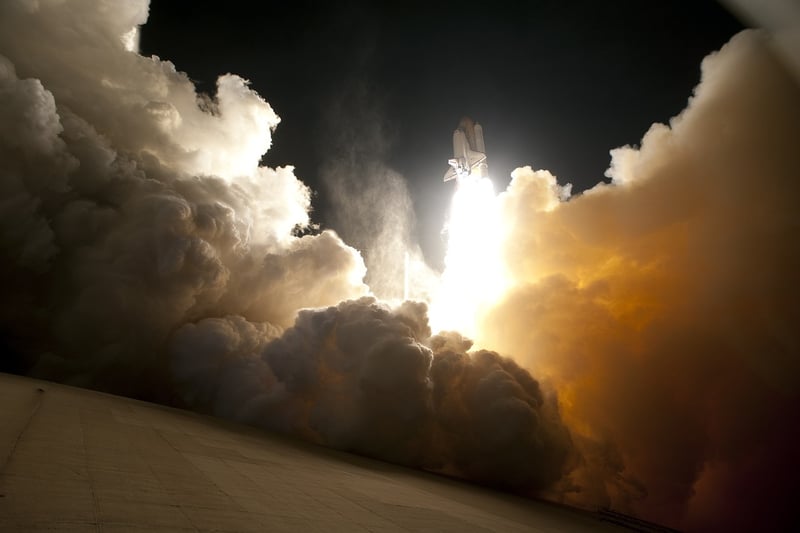Interplanetary Missions
Venturing into Distant Star Systems

Exploring the vast expanse of space has always been a dream for humanity. With advancements in technology and space exploration, the possibility of venturing into distant star systems is no longer just a fantasy but a potential reality.
Advancements in Space Travel
Interplanetary missions have paved the way for our understanding of the cosmos. From sending robotic probes to neighboring planets to launching telescopes that capture the beauty of distant galaxies, humans have been pushing the boundaries of space exploration.
Challenges of Interstellar Travel
Although our current technology allows us to explore nearby planets and moons, traveling to distant star systems presents a whole new set of challenges. The vast distances, cosmic radiation, and the need for sustainable life support systems are just a few of the obstacles that need to be overcome.
The Future of Interstellar Exploration
Despite the challenges, scientists and engineers are constantly working on new propulsion systems, faster spacecraft, and innovative solutions to make interstellar travel a reality. Concepts like solar sails, antimatter engines, and advanced propulsion technologies offer hope for reaching distant star systems in the future.
Exciting Possibilities
Imagine a future where humans can visit exoplanets, study alien worlds, and perhaps even encounter extraterrestrial life. The exploration of distant star systems could unlock mysteries of the universe and expand our understanding of our place in the cosmos.
Conclusion
Venturing into distant star systems is a bold and ambitious goal that requires collaboration, innovation, and perseverance. While the journey may be long and challenging, the rewards of discovering new worlds and expanding our knowledge of the universe make it a journey worth taking.
Are you ready to embark on the next frontier of space exploration?
Explore more about space missions here.
